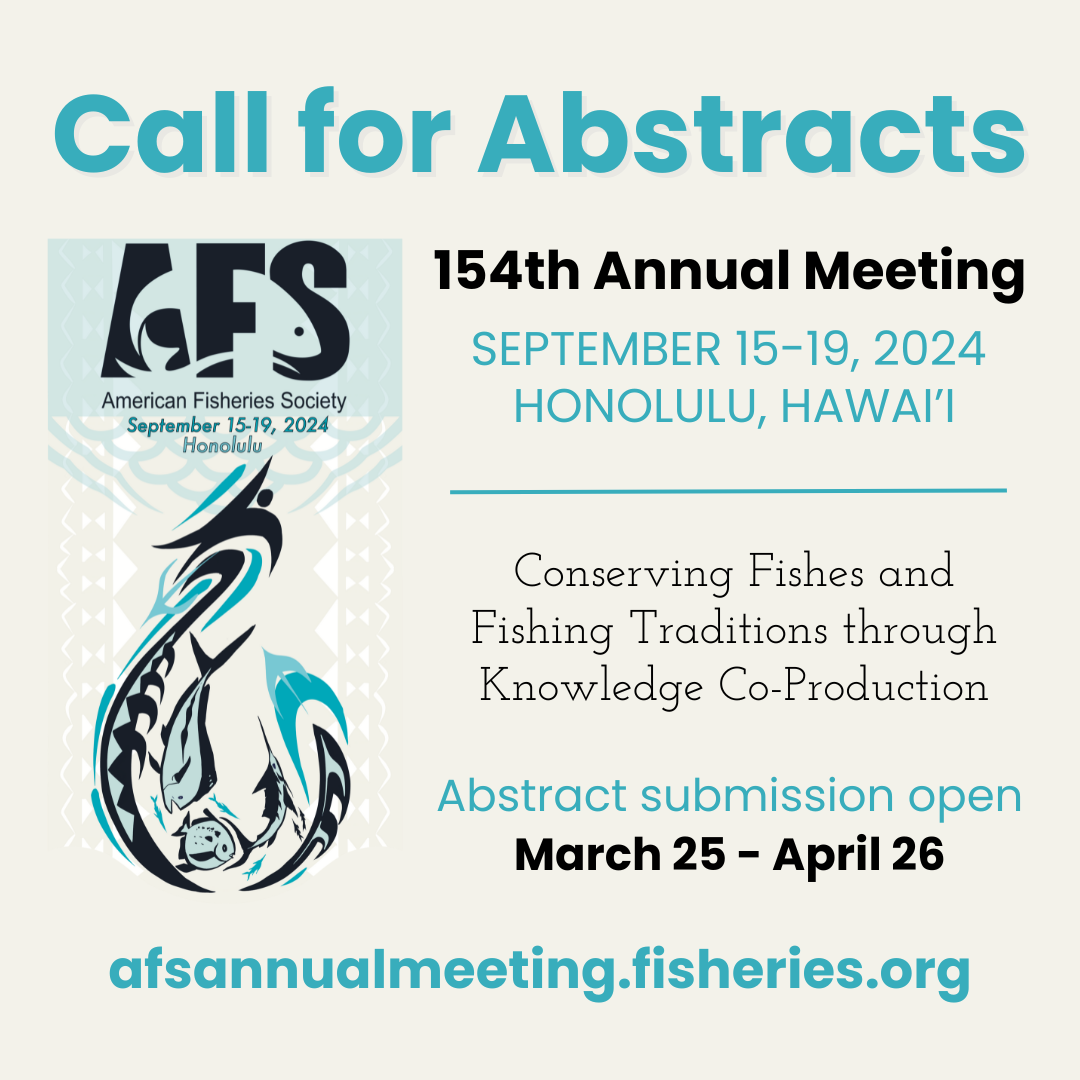Jordan Skaggs and Micheal S. Allen
Soft plastic lures (SPLs) are among the most common tackle components used in recreational fisheries worldwide. Local and national media sources recently raised concern about the effect of discarded SPLs on fish populations (Raison et al. 2014). Fish may consume SPLs directly from baits or after being discarded by anglers into waters. However, it is uncertain whether SPLs cause individual or population-level effects upon fish growth and survival. We reviewed existing literature regarding individual and population-level effects from discarded SPLs using the key words “soft plastic lure ingestion,” “soft plastic lure consumption,” “fish diet,” and “fish stomach content” in the Google Scholar search engine. Our goal was to assess the degree to which soft plastic lures have been consumed by fish and identify any individual or population-level effects. Results of this study can inform future data collection efforts in order to test for the effects of SPLs on individual fish and fish populations.
Stomach content analysis represents the primary method for detecting SPL ingestion in wild fish. Fish diet studies are common and provide an understanding of factors affecting fish growth and survival (Hyslop 1980; Bowen 1996). Diet studies typically categorize food items to a range of taxonomic levels (Bowen 1996). Analyses are typically comprised of counts, frequency of prey item occurrence, volume or weight of individual prey items, and prey energy density (Hynes 1950; George and Hadley 1979; Hyslop 1980; Hodgson and Kitchell 1987).
Studies that report the occurrence or abundance of SPL ingestion by wild fish populations are rare. Outside of a select few studies (i.e., Danner et al. 2009; Raison et al. 2014), common dietary data collection reports have not characterized the occurrence of SPL ingestion. For example, analyses of Largemouth Bass Micropterus salmoides diets in Florida suggested that the occurrence of SPLs in stomachs was <1%, with sample sizes >500 fish (Trippel et al. 2015; Wes Porak, Florida Fish and Wildlife Conservation Commission, personal communication). Biologists often attributed a category as “other, miscellaneous, inorganic material, or unidentifiable” (Schramm and Maceina 1986; Cortés 1997; Wheeler and Allen 2003; Sammons and Maceina 2006), and it was unclear whether this grouping included any SPLs. Although formal documentation of SPL ingestion by inland sport fishes was rarely observed in published diet studies, this may be because biologists rarely record SPL ingestion events during field studies. Thus, there is inconsistency in diet reporting, and the degree to which SPLs are ingested across fish species remains unknown. Given the increased recent concern among biologists and legislators, there is a clear need to monitor the occurrence of SPL ingestion for a range of recreational fisheries.
Studies testing for the effects of SPL ingestion on fish growth and survival are also rare. Danner et al. (2009) showed the potential consequences of SPL ingestion in the laboratory using juvenile Brook Trout Salvelinus fontenalis (mean ± SD length of 234 ± 20 mm TL). An established, pellet-based feeding regime was later supplemented with various forms of SPLs commonly used by recreational anglers. Sixty-three percent of the trout (n = 37) ingested at least one SPL, and consumption of SPLs caused reductions in body weight and condition (Danner et al. 2009). However, the experiment’s feeding design could have caused conditioning effects to inflate ingestion rates of SPLs relative to conditions expected in the wild. For example, feeding pellets to hatchery Brook Trout and Atlantic Salmon Salmo salar produced surface-oriented feeding behavior, and fish were more likely to consume objects dropped from above than natural forage items (Mason et al. 1967; Sosiak 1978). Thus, there is a need to test for effects of SPL ingestion on growth and mortality under natural feeding conditions.
Danner et al. (2009) clearly showed the potential for SPLs to influence growth rates in Brook Trout, which ultimately could influence fisheries. Similar laboratory studies are needed for other fish species. Raison et al. (2014) quantified potential SPL effects on fish populations through a combination of laboratory experiments and field sampling (snorkel surveys, creel surveys, and stomach content analysis) at Charleston Lake, Ontario. Snorkel surveys found SPL presence at rates ranging from 0 to 8 SPLs per 100 m of shoreline (mean = 3.25, Raison et al. 2014). During the study’s creel survey, 25 of 42 anglers (60%) who kept Lake Trout S. namaycush reported finding SPLs in Lake Trout stomachs. Ten of the 42 anglers who harvested Lake Trout (24%) indicated that SPLs were found in over 50% of fish stomachs (Raison et al. 2014). However, stomach content analysis of fish from gill-net sampling and hook-and-line angling revealed that only 2.2% of Lake Trout stomachs (n = 90 total stomachs observed) and 3.4% of Smallmouth Bass M. dolomieu stomachs (n = 88 total stomachs observed) contained SPLs. Thus, much uncertainty remains about the degree to which fish ingest SPLs, and future work should utilize both angler reports and scientific collections to assess ingestion rates.
To date, no studies have indicated any individual or population-level effects of SPLs on fisheries, but one state legislature has considered a ban on SPLs (MDIFW 2014). Our review revealed little information about ingestion rates or impacts of SPL consumption on fish and fisheries. Thus, regulations to restrict use of SPLs in order to protect fish populations and fisheries would not currently be based on scientific proof of impacts. This issue warrants additional experimental studies in natural and controlled environments to test for effects of SPL ingestion on fish behavior, growth, and survival. Uncertainty remains about SPL residence time in the environment (e.g., Raison et al. 2014). Additionally, diet studies should include SPLs as a category to quantify ingestion rates.
Angler education programs emphasizing proper SPL disposal and heightened industry awareness among SPL manufacturing companies may serve as an alternative to SPL restrictions (Raison et al. 2014). Some fishing tackle industry and angler-driven initiatives have sought to reduce discarding of SPLs (pledgetopitchit.org) and promoted recycling (rebaits.org). The manufacturers of SPLs recognize potential environmental issues of SPL use and offer biodegradable alternatives (recycledfish.org/safe-angling/product-profiles/berkley-gulp. htm). However, metrics used by manufacturers to label SPL products as biodegradable are unknown (Raison et al. 2014). Thus, there is a clear need for better data on the occurrence rate of SPL ingestion by fish in the wild as well as tests for any individual and population-level effects. We hope this essay can help guide future studies to evaluate the effects of SPL ingestion on fish populations and fisheries.
ACKNOWLEDGMENTS
We would like to thank Steven J. Cooke and Gene Gilliland for comments that improved a draft of this manuscript.
REFERENCES
Bowen, S. 1996. Quantitative description of the diet. Pages 513–532 in B. R. Murphy and D. W. Willis, editors. Fisheries techniques. American Fisheries Society, Bethesda, Maryland.
Cortés, E. 1997. A critical review of methods of studying fish feeding based on analysis of stomach contents: application to elasmobranch fishes. Canadian Journal of Fisheries and Aquatic Sciences 54:726–738.
Danner, G. R., J. Chacko, and F. Brautigam. 2009. Voluntary ingestion of soft plastic lures affects Brook Trout growth in the laboratory. North American Journal of Fisheries Management 29:352-360.
George, E. L., and W. F. Hadley. 1979. Food and habitat portioning between Rock Bass (Ambloplites rupestris) and Smallmouth Bass (Micropterus dolomieu) young of the year. Transactions of the American Fisheries Society 108:253-261.
Hodgson, J. R., and J. F. Kitchell. 1987. Opportunistic foraging by Largemouth Bass (Micropterus salmoides). American Midland Naturalist 118:323-336.
Hyslop, E. J. 1980. Stomach contents analysis: a review of methods and their application. Journal of Fish Biology 17:411-429.
Hynes, H. B. N. 1950. The food of freshwater sticklebacks (Gasterosteus aculeatus and Pygosteus pungitius) with a review of methods used in studies of the food of fishes. Journal of Animal Ecology 19:36-58.
MDIFW (Maine Department of Inland Fisheries and Wildlife). 2014. Report back to legislature on resolve chapter 18. Available: www.maine.gov/ifw/pdfs/FINAL%20Report%20to%20the%20 Joint%20Standing%20Committee%20on%20Inland%20Fisheries% 20and%20Wildlife%20CT%20AE%20DD%20edits12-13-13. pdf. (September 2015).
Mason, J. W., O. M. Brynilson, and P.E. Degurse. 1967. Comparative survival of wild and domestic strains of Brook Trout in streams. Transactions of the American Fisheries Society 96:313-319.
Raison, T., A. Nagrodski, C. D. Suski, and S. J. Cooke. 2014. Exploring the potential effects of lost or discarded soft plastic fishing lures on fish and the environment. Water Soil Air Pollution 225:1869.
Sammons, S. M., and M. J. Maceina. 2006. Changes in diet and food consumption of Largemouth Bass following large-scale Hydrilla reduction in Lake Seminole, Georgia. Hydrobiologia 560:109- 120.
Schramm, H. J., and M. J. Maceina. 1986. Distribution and diet of Suwannee Bass and Largemouth Bass in the lower Santa Fe River, Florida. Environmental Biology of Fishes 15:221-228.
Sosiak, A. J. 1978. The comparative behavior of wild and hatcheryreared juvenile Atlantic Salmon (Salmo salar L.) Master’s thesis, University of New Brunswick. Fredrickton, Canada.
Trippel, N. A., M. S. Allen, and R. S. McBride. 2015. Importance of resident and seasonally transient prey to Largemouth Bass in the St. Johns River, Florida. Transactions of the American Fisheries Society 144:140-149.
Wheeler, A. P., and M. S. Allen. 2003. Habitat and diet partitioning between Shoal Bass and Largemouth Bass in the Chipola River, Florida. Transactions of the American Fisheries Society 132:438- 449.
Members click below for the November 2015 Fisheries magazine’s comple issue. Non-members, join here.
This content is for members only. Please login.





